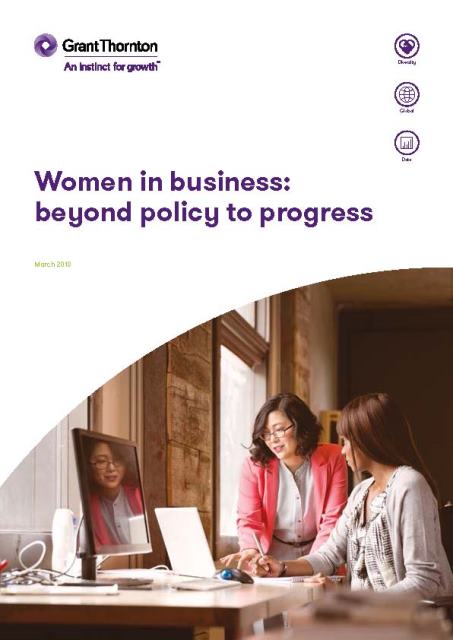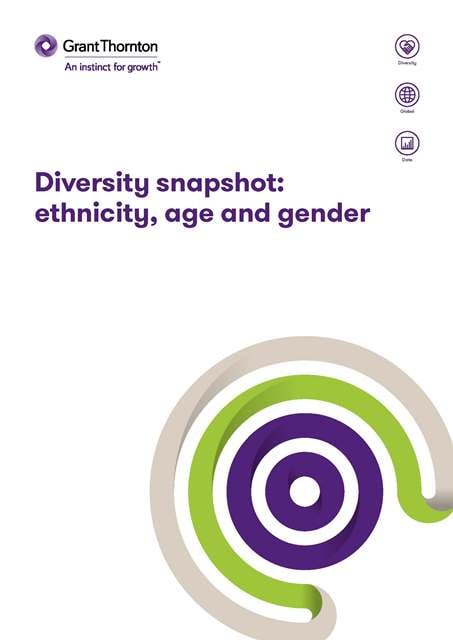-
Business consulting
Our business consulting services can help you improve your operational performance and productivity, adding value throughout your growth life cycle.
-
Business risk services
We can help you identify, understand and manage potential risks to safeguard your business and comply with regulatory requirements.
-
Data analytics center
Unlock the power of data with our expert Data Analytics team. We are a dedicated group of professionals who are passionate about harnessing the potential of data to drive informed decision-making and business growth. With our extensive knowledge and cutting-edge tools, we provide comprehensive data analysis solutions tailored to meet your specific needs.
-
Asset management
Grant Thornton’s profound experience and deep knowledge of asset management (AM) systems and registers development is based on successful implementation of large scale and complex projects in CIS region and beyond its borders.
-
Human capital advisory
Grant Thornton Armenia's human capital advisory services are designed to deliver the results you want throughout the entire lifecycle.
-
Sustainability and ESG advisory
Embark on a transformative journey with our comprehensive Sustainability and ESG services, designed to support your organization's sustainability transition and drive a meaningful impact.
-
Recovery & reorganisation
We provide a wide range of services to recovery and reorganisation professionals, companies and their stakeholders.
-
Transactional advisory services
We can support you throughout the transaction process – helping achieve the best possible outcome at the point of the transaction and in the longer term.
-
Cybersecurity
Grant Thornton will assist you with raising the level of your protection, offering services in the area of cybersecurity.
-
IFRS
At Grant Thornton, our IFRS advisers can help you navigate the complexity of financial reporting.
-
Audit quality monitoring
Having a robust process of quality control is one of the most effective ways to guarantee we deliver high-quality services to our clients.
-
Global audit technology
We apply our global audit methodology through an integrated set of software tools known as the Voyager suite.

-
Legal advisory
Legal advisory involves a wide spectrum of corporate legal consultancy ranging from incorporation and liquidation matters, legal representation, litigation, ad-hoc legal advice, provision of legal opinions to execution of due diligence and structuring deals from a legal viewpoint.
-
Business process solutions
Our business process solutions team provides a range of services to support clients of all sizes, from small to medium enterprises (SMEs) through to the largest international businesses.
-
Tax advisory
We advise our clients on all aspects of corporate tax strategy development and tax planning, tax issues arising from formation or acquisition of a company and provide an overview of local and international perspectives.
-
Energy & environment
Energy and resources markets worldwide are undergoing major changes. With growing energy demand, developments in new forms of energy and the need to invest in a sustainable future, significant shifts in these sectors are taking place all over the world. At Grant Thornton, we can help you prepare for these changes and stay one step ahead of your competitors.
-
Oil & gas
Oil & gas
-
Mining
Rising operating costs, challenging capital markets and falling commodity prices are putting miners to the test worldwide, but dynamic companies can still thrive. At Grant Thornton, we can help you make the most of these opportunities and unlock your potential for growth.
-
Private equity
We bring together international teams from corporate finance, restructuring and turnaround, taxation and assurance services that provide bespoke solutions – from investment, through the growth phase to exit.
-
Asset management
Grant Thornton’s profound experience and deep knowledge of asset management (AM) systems and registers development is based on successful implementation of large scale and complex projects in CIS region and beyond its borders.

Beyond policy to progress
The last year has seen global business take one step forward but one step back when it comes to gender diversity in leadership. The percentage of businesses around the world with at least one woman in senior management has increased significantly, rising from 66% in 2017 to 75% in 2018. However, at the same time the proportion of senior roles held by women has marginally declined.
This suggests that businesses may be focused on ticking the ‘diversity’ box to avoid an all-male leadership team, rather than creating an inclusive culture that leads to a genuinely diverse senior management team. Given this trend, Grant Thornton’s International Business Report (IBR) research set out to understand the role of policy in bringing about positive change and in countering cultural norms and unconscious bias that can hinder progress.
We find that business policy is abundant but the more policies a business has in place does not necessarily lead to that business having greater gender diversity. Policy alone, it seems, does not create real progress.
Complexity in translating good intentions into practice, and the presence of stereotypes about gender roles, are still barriers to progress. Many business leaders want their government to do more to address gender inequality in business leadership however the majority believe businesses and governments need to work collaboratively to solve the problem.
If policy is not driving more women to the top, despite widespread use, then what will?
Interviews we conducted with business leaders around the world suggest that the businesses creating real change are those whose policies and practices are rooted in a genuine conviction of the benefits of diversity. Therefore, we include a set of recommendations for business leaders in this report, outlining practical steps to drive change and increase gender diversity in business.
Diversity in senior leadership teams
What is holding businesses back?
Many businesses globally are missing out on opportunities because of a lack of diversity in senior leadership teams. This means that a business does not necessarily reflect the markets or communities in which they operate, and it could be holding them back.
In our recent International Business Report (IBR) research into diversity, we captured the views of 2,500 business leaders in 35 countries. Our Diversity Snapshot, released one month ahead of our 2018 Women in Business report, explores the diversity of senior teams around the world by ethnicity, age and gender. This is the first time we have investigated business leaders’ attitudes towards these three key aspects of diversity.
On average, only 40% of businesses believe diversity is important to their success, and just 14% are taking action to improve the diversity of their senior team.
We find that businesses are, for the most part, not ethnically or gender diverse. Age diverse teams are more common, although it is far from the norm to have a senior team member who is under 35 years old. The data show diversity only really improves when businesses both value diversity and have plans in place to support it. This is a valuable reminder that change will be difficult to achieve without leadership commitment.
The highlights shared in this snapshot are hopefully an important first step in broadening the debate on diversity in business. We want to help other businesses understand these diversity shortfalls and we have included some ideas for positive steps businesses can consider to help increase their diversity.
Our Women in Business research, now in its 13th year, provides a powerful benchmark on the participation of women in leadership teams and will be published on International Women’s Day, 8 March 2018.


